The Dark and Light Side of Sun Exposure and Strategies to Enjoy Sunshine Safely {Pure Living}
Sun exposure can both enhance and harm our health in different situations and quantities. Learn some natural strategies to enjoy sunshine safely and enjoy healthy sun exposure!
AFFILIATE DISCLOSURE: This post is NOT sponsored but contains affiliate links for products that I use myself. These products and the information provided should not be considered medical advice. Amazon and other merchants offer a small commission on products sold through their affiliate links. Prices are exactly the same for you if your purchase through an affiliate link or a non-affiliate link. Thank you!
The outdoors beckons us for a summer full of outdoor fun! While UV rays from the sun can damage from the skin, there are also health-benefits which we derive from balanced sun exposure.
Sun exposure plays an important role in regulating our circadian rhythms, contributing to deep sleep and a balanced mood. Emerging research also suggests that natural sun exposure may regulate vitamin D in a way that supplements cannot mimic. This critical steroid hormone acts on receptors throughout the body, helping to regulate everything from bone health, heart function and inflammation.
Spending time in the sun has also been shown to contribute to our health by providing pain-reducing (analgesic) properties and helping to regulate our metabolism.
Bioindividuality and High-Risk Groups
Like most things related to our health, bioindividuality and lifestyle habits are important when it comes to sun exposure. Certain groups are more susceptible to the negative impacts of UV sun exposure and may require different strategies to avoid harm.
For example, those with certain autoimmune conditions such as lupus can be exceptionally sun sensitive. Photosensitivity is a major feature of both systemic lupus erythematosus (SLE) and cutaneous or discoid lupus. Sun exposure can cause skin lesions as well as flares of internal disease with symptoms such as joint pains and fatigue. Further, medications used to treat lupus, such as tetracycline antibiotics, can further increase sun sensitivity.
Another group of individuals who may be extra sensitive to sun exposure are those who have undergone radiation or chemotherapy treatments. Areas of skin in the radiated fields will react more easily to sun exposure than areas of non-radiated skin. Some chemotherapy agents can also increase susceptibility to UV damage and also reduce the skins ability to heal.
People with a personal or family history of skin cancer or other genetic susceptibilities which make it more difficult to repair UV-induced DNA damage may also need to be more vigilant to avoid too much sun exposure. One in five Americans will develop skin cancer in their lifetimes. While vitamin D is an important factor for preventing cancer and not all skin cancers are related to sun exposure, some people are particularly prone to damage from UV-rays that can develop into different types of skin cancers.
Sun Smarts: Finding balance between sun worshiping and becoming completely covered up with sun dread
To safely enjoy the sun and receive these health benefits while preventing overexposure and damage, there are some important considerations. Adjust these approaches based on your individual needs, lifestyle and susceptibilities with the help of your health care provider.
Incorporate Natural Dietary Skin Support
Certain foods and nutrients may help reduce the risk of damage from sun exposure. Many of the fresh healthy foods available in summer also serve to fortify us as a sort of internal sunscreen.
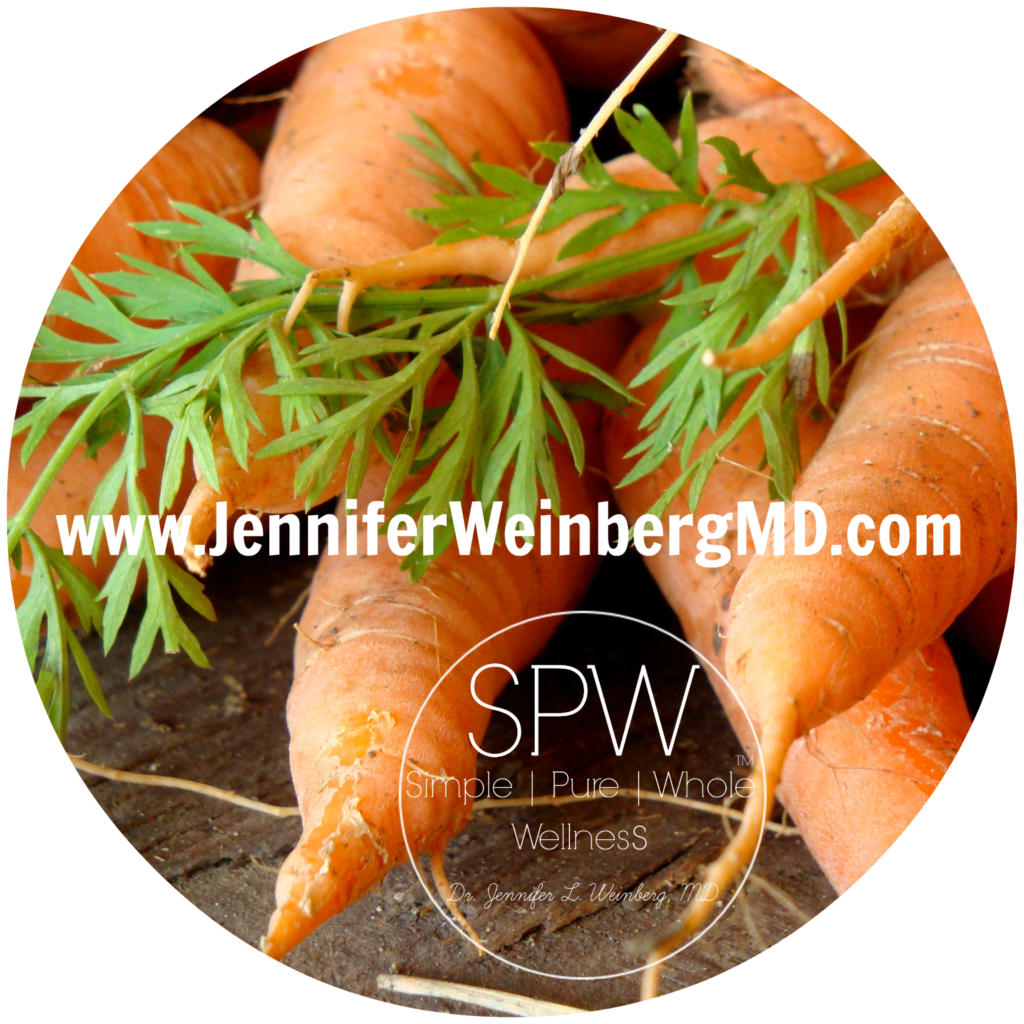 A study in the Journal of Nutrition showed that a mix of carotenoids including lycopene (found in tomatoes and watermelon), lutein (in spinach and other dark-green veggies), and beta-carotene (in orange, red, and yellow produce) reduced skin’s susceptibility to ultraviolet damage.
A study in the Journal of Nutrition showed that a mix of carotenoids including lycopene (found in tomatoes and watermelon), lutein (in spinach and other dark-green veggies), and beta-carotene (in orange, red, and yellow produce) reduced skin’s susceptibility to ultraviolet damage. - Other studies have produced similar results with green tea and ferulic acid, an antioxidant found in pineapple, oranges,apples, and coffee.
- Vitamin A in the form of beta-carotene is found in foods like carrots, spirulina,chlorella, grass-fed beef liver and sweet potatoes and helps protect the skin from sun damage.
- Astaxanthin, a carotenoid pigment found in microalgae and seafood which consumes this algae like salmon, shellfish and krill also contributes to skin health.
- Fresh, unprocessed, whole organic foods like fruits and vegetables which provide a wealth of antioxidants, essential omega-3 fatty acids and anti-inflammatory compounds. Watermelon, brightly colored veggies and raspberries are all rich in antioxidants that help to combat free-radical damage.
Stay Calm and Breathe
Stress reduction also helps to boost the skin’s UV resiliency. Stress weakens the immune system and makes us more susceptible to free radical damage which can lead to cancer. In fact, a study published in the Journal of the National Cancer Institute found that stressed mice were more likely to develop squamous cell skin cancers.
Adopting regular stress management practices such as meditation, yoga and mind-body practices like those in The Whole Cure make you more resilient to resit the damaging impacts of chronic stress in order to prevent numerous health issues, including sun damage and skin cancer.
Find or Create Shade
One of the best ways to enjoy a sunny day without suffering damage is to minimize your time spent in the strongest rays. This means staying in the shade when possible during the strongest rays of the day (usually from around 10am to 2pm) and getting in your hike, jog or walk in the early morning or late afternoon.
Sunscreen eliminates only about 55 percent of free-radical damage induced by UV rays, according to a study in the Journal of Investigative Dermatology. Sun-protective clothing (affiliate link) is designed to block or reflect UV rays, creating a shield which prevents skin exposure.
I look for items which are tightly woven or utilize natural sun protective ingredients such as zinc oxide to protect the skin when clothing is both dry and wet. Sun protective clothing is rated by ultraviolet protection factor (UPF not SPF). The ratings are similar to SPF except UPF rates both UVA and UVB protection whereas SPF only rates UVB. For example, these sun shirts are rated UPF-50+.
Fortunately, there is a large variety of comfortable and stylish options available for outdoor activities like walking, swimming, golfing and gardening. I especially find sun protection clothing like swim shirts and swim tights valuable for time spent in/on the water where the suns rays are intensified by reflection and sunscreen can become washed off. They are also useful for vigorous physical activity, where sweating can make sunscreen less comfortable and effective.
A good hat with a wide, protective brim or neck guard is one of the best ways to protect the delicate skin of your face and neck. Sunglasses are also crucial for eye health. When choosing sunglasses, look for the label UV400 or Blocks 99-100% of UV Rays. Wrap style sunglasses block UV that seeps in the sides of sunglasses.
You can save $10 off the affordable prescription or non-prescription sunglasses here with the code IFYVKAQZET
(affiliate link)
Choose a Safer Sunscreen
Emerging research suggests that sunscreens may not protect against the majority of skin cancers and many contain chemicals and toxic ingredients. Sunscreens have been shown to reduce the risk of squamous-cell carcinoma (SCC) but not necessarily basal-cell carcinoma (BCC) and malignant melanoma according to an American Cancer Society review (Greelee 2001).
Two-thirds of sunscreens analyzed by The Environmental Working Group did not work well or contained potentially hazardous ingredients. Some key ingredients to look for and avoid include:
- Benzophenone-3 (oxybenzone): Oxybenzone is commonly used to absorb UV light but it is also believed to cause hormone disruption and cell damage.
- Fragrances: Synthetic fragrances should be avoided in all personal care products including sunscreens. These chemicals such as parabans, phthalates and synthetic musks are linked to endocrine disruption, reproductive impacts and even cancer.
-
Retinol, retinyl palmitate and other vitamin A derivatives which are commonly used in sunscreens as anti-oxidants. These vitamins have also been shown to speed up the development of some skin cancers in the presence of sunlight.
-
Octinoxate: is commonly added to sunscreens to help other ingredients be absorbed more readily. It is believed to act as an endocrine-disruptor and contribute to premature aging through the production of free-radicals.
- Amino Benzoic Acid (PABA, para-aminobenzoic acid, Vitamin Bx, padimate O): this UV filtering compound has been found to be able to amplify cellular damage.
- Paraben derivatives: these preservatives can cause irritation and allergic reactions and are known to disrupt hormones and cause reproductive toxicity when used chronically.
- Other potentially harmful ingredients include:
- 4-Methylbenzylidene camphor (4-MBC)
- 3-Benzylidene camphor O
- Octyl methoxycinnamate (OMC)
- Octocrytene
- artificial preservatives, colors and scents
Instead, look for mineral-based sunscreens like Non-Nano Zinc Oxide sunscreens. While zinc oxide and titanium dioxide nano formulations help reduce the white film left on the skin, tiny nano particles may have a toxic effect when absorbed through the skin.
Choose creams and lotions over spray and powdered sunscreens which can release toxic fumes which we breathe into our lungs.
The Environmental Working Group provides a searchable online guide to sunscreens which allows you to discover the safety of ingredients in many popular brands.
Research suggests that all sunscreens regardless of SPF should be re-applied every 60-90 minutes since they break down and become less effective over time.
Have you tried implementing natural strategies to stay safe in the sun? What are your favorite natural sunscreens? Share your experiences on Facebook, Twitter and Instagram and tag @simplepurewhole to show off your sun smarts!
If you enjoyed these healthy tips, I welcome you to join my free Insider’s Community for special offers, members-only opportunities, wellness news, recipes and more!
Your Simple Pure Whole Wellness Plan!
 Discover the secrets to toxin-free living with the ultimate home makeover–The Simple Pure Whole Guided Home Detox!
Discover the secrets to toxin-free living with the ultimate home makeover–The Simple Pure Whole Guided Home Detox!- Glorious Greens for Great Health Virtual Workshop and Cookbook: This virtual workshop will introduce you to the facts and science about leafy green vegetables and provide simple and nutritious recipe ideas to help you easily incorporate these nutritional powerhouses into your diet. You will discover vibrant health through knowledge and flavorful real food recipes!
-
Breathe: Guided Relaxation & Breathing Exercises to Help You Find Your Whole Cure is now available! This special resource will support you in bringing The Whole Cure to life! The individually-available breathing exercises and guided relaxation experiences (starting at $0.99!) can be used anywhere, at any time of day. Try using them when you feel panic, stress, anxiety or just want a few moments of calm in your day. They are also helpful for coping with pain and helping the body prepare for rest and relaxation.
- 3-Month Simple | Pure | WholeTM Wellness Solution Essential Lifestyle Coaching Program! Get personalized one-on-one attention and transformational coaching to address your physical and emotional body, lifestyle and habits with customized virtual transformational wellness coaching!
- The Whole Cure: 52 Essential Prescriptions for Overcoming Overwhelm, Reclaiming Balance and Reconnecting with a Life You Love! Commit to yourself with 52 simple yet profound stress management techniques that you can work on throughout the year to change your mindset and find greater peace, calm and balance!
Simple Pure Whole Opportunities!
Medical Disclaimer: Information provided in this email and related resources is for informational purposes only. The information is NOT intended as a substitute for the advice provided by your physician or other healthcare professional. Every body is unique so be sure to check with your health care professional before making any dietary or lifestyle changes taking any medication or nutritional supplement or using any treatment for a health issue.. Do not use this information provided for diagnosing or treating a health problem or disease. If you suspect you have a medical problem please contact your healthcare provider promptly and do not disregard professional medical advice based on anything in this email. This correspondence and related resources are not intended to diagnose, treat, cure or prevent disease and do not create a doctor-patient relationship between you and Jennifer Weinberg.
AFFILIATE DISCLOSURE: Amazon and other merchants offer a small commission on products sold through their affiliate links. Prices are exactly the same for you if your purchase through an affiliate link or a non-affiliate link. I never, ever endorse a product or service that I would not purchase myself. I only share resources that I have personal experience with and can therefore recommend without reservation. Affiliate commission helps to support the maintenance of my blog so I can continue to bring you free, value-filled resources. Thank you for your support!
This post was shared with: Allergy-Free Thursday, Healthy Living Link Party, Family Fun Friday, Real Food Friday, Healthy, Happy, Green & Natur
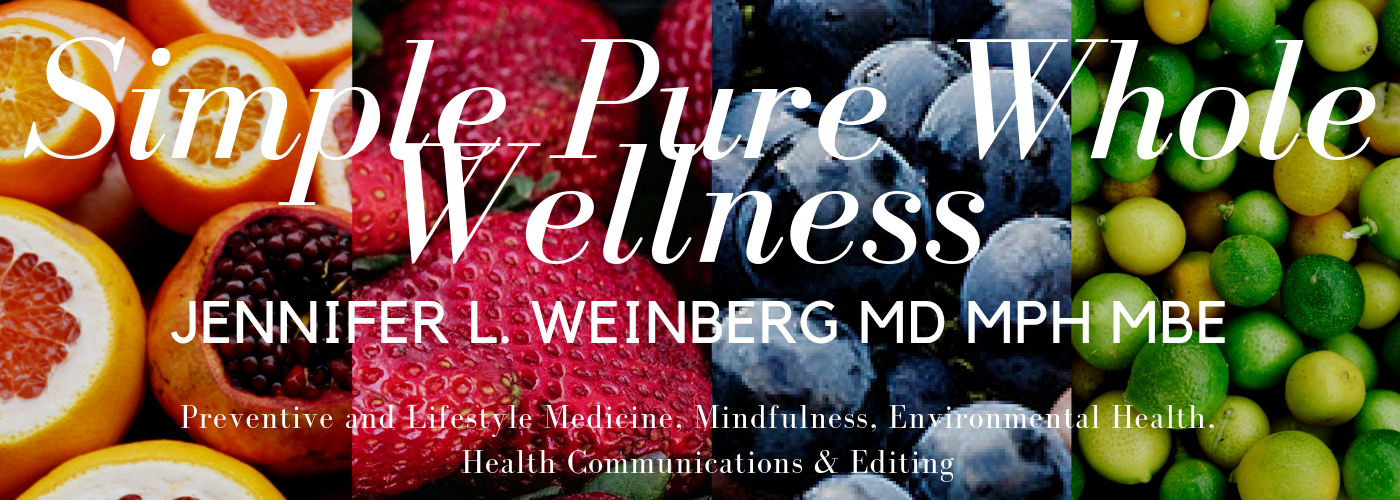
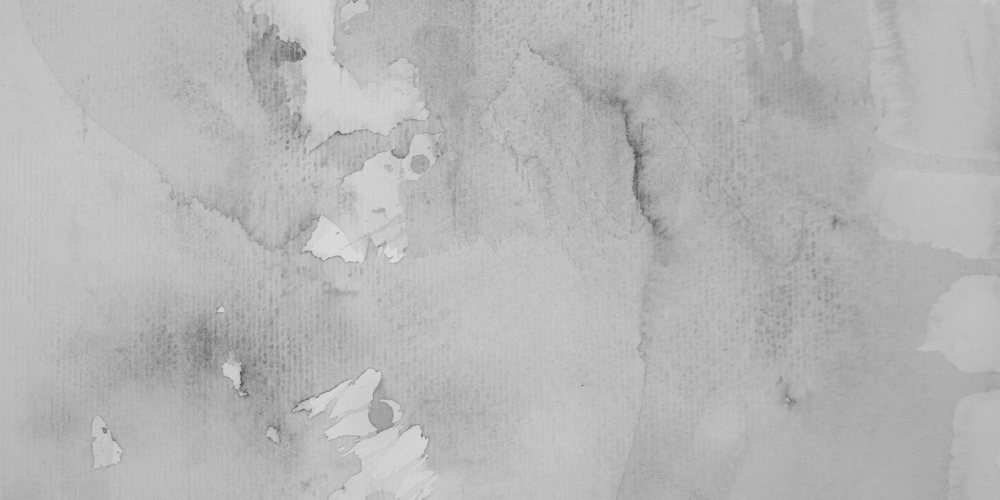

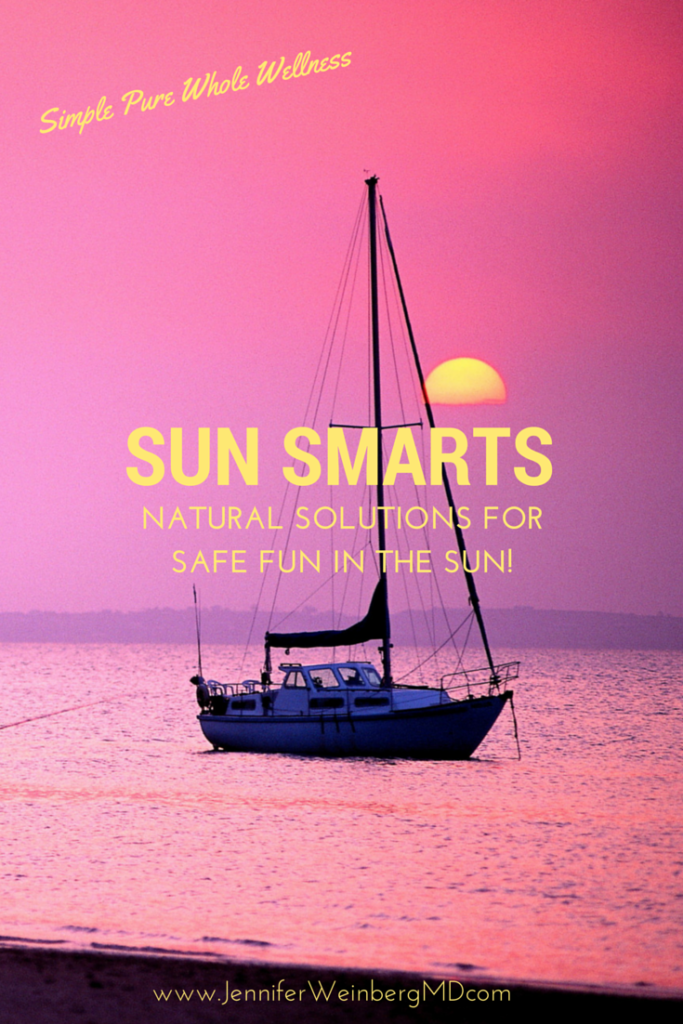
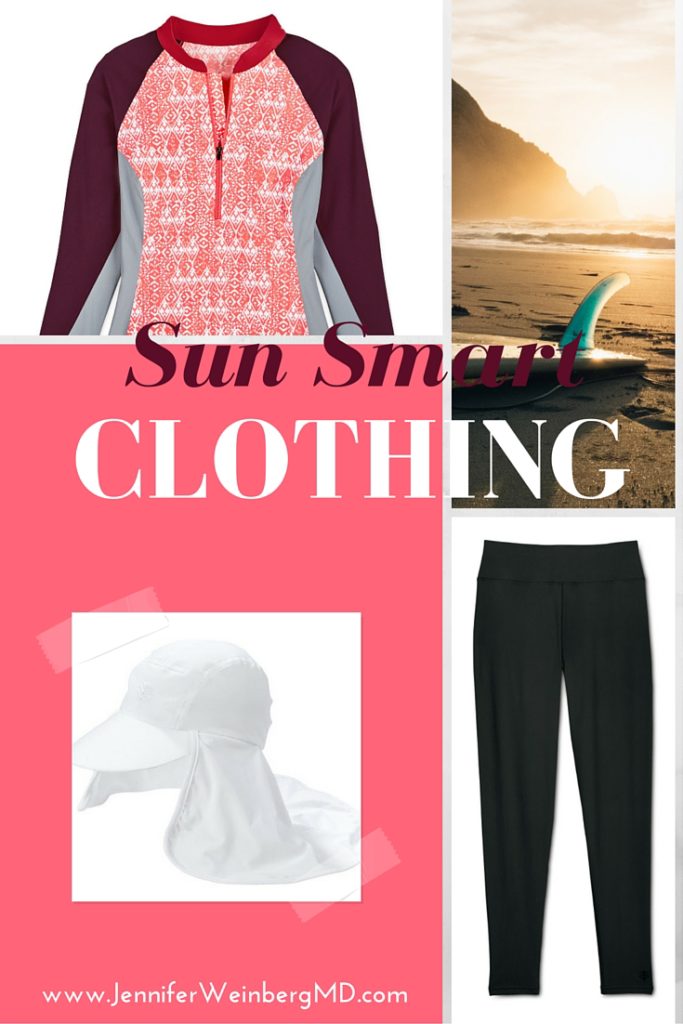

Comments
Deborah Davis
Hi Jennifer, I have always enjoyed your relevant insights on common healthy living concerns and issues so I am so delighted that you shared The Dark and Light Side of Sun Exposure and Strategies to Enjoy Sunshine Safely at the Healthy Happy Green & Natural Party! Thank you so much for sharing your gems and for your support! Pinning and sharing! All the best, Deborah
Dr. Jennifer L. Weinberg, MD, MPH, MBE
Thank you for your kind and thoughtful feedback Deborah! I appreciate your hosting and sharing, and hope you have a great week!
Marla
Hi Dr Jennifer,
Very informative. I did not know that they had protective clothing as you descripted in your article. Our world is filled with some many toxic chemicals and conventional sunscreen is sure one them. If i happen to be out in the sun I use a DIY sunscreen but I do my best to work in early morning and stay out of the sun when it is most dangerous since I such fair skin. I realize that not everyone wants to make their own sunscreen but I do like the idea of your list of safe screen and what to look for. Thanks for sharing on Real Food Fridays. Pinned & tweeted!.
Dr. Jennifer L. Weinberg, MD, MPH, MBE
Thank you Marla! That is great that you make your own DIY safe sunscreen. It is always best when we know exactly what we are putting in/on our bodies and can choose carefully to avoid chemicals and toxins. Hope you have a wonderful week!